Related Research Articles
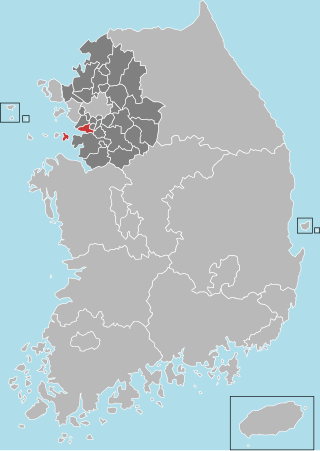
Ansan is a city in Gyeonggi Province, South Korea. It lies southwest of Seoul and is part of the Seoul National Capital Area. It is connected to Seoul by rail via Seoul Subway Line 4. It is situated on the Yellow Sea coast and some islands lie within its jurisdiction. The largest and best-known of these is Daebu Island.
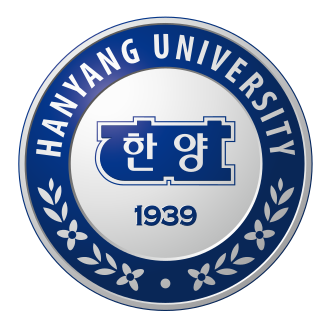
Hanyang University is a private research university in Seoul and Ansan, South Korea. Hanyang derives from the former name of the capital Seoul used during the Joseon period. The university was founded in 1939 as an engineering school, and was the country's first college to offer engineering and architecture programs.
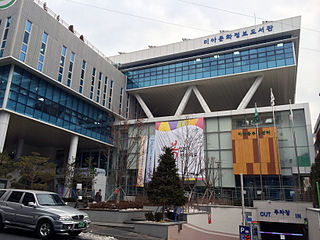
Mia-dong is a dong, neighbourhood of Gangbuk-gu in Seoul, South Korea. From June 30, 2008, nine administrative Mia-dongs were divided Mia-dong, Samgaksan-dong, Samyang-dong, Songcheon-dong and Songjung-dong. Remained Mia-dong is former Mia 3-dong.

Sul Kyung-gu is a South Korean actor. Upon his graduation in 1994, he appeared in numerous theatrical productions, such as the hit Korean adaptation of the German rock musical Subway Line 1, and productions of Sam Shepard's True West and A. R. Gurney's Love Letters.

Gangbuk District is one of the 25 gu which make up the city of Seoul, South Korea. Its name is derived from it being located at the north of Han river. It was created from neighbouring Dobong District in 1995. The current mayor is Park Gyeom-su.

Seongdong District (Seongdong-gu) is one of the 25 gu which make up the city of Seoul, South Korea. It is situated on the north bank of the Han River. It is divided into 20 dong (neighbourhoods).
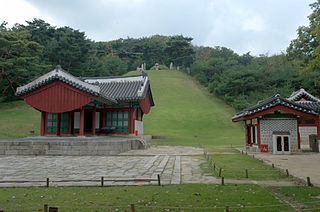
Seongbuk District is one of the 25 districts of Seoul, South Korea. The district is located in the mid-north part of the city. The current mayor is Kim Young-bae (김영배), who has been mayor since July 1, 2010. Seongbuk-gu was established under Presidential Decree No. 159 on August 13, 1949, and was promoted to a autonomous district by implementing a Gu-level local government on May 1, 1988.
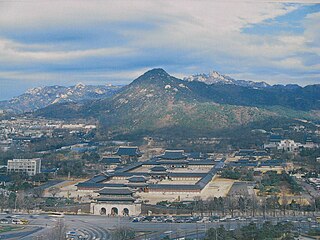
Jongno District is a district in Downtown Seoul, South Korea. It is the historic center of Seoul, and contains the Joseon-era royal palace Gyeongbokgung and the former presidential residence, the Blue House.
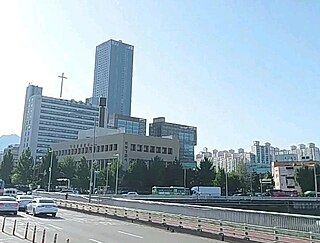
Dobong District is one of the 25 districts of Seoul, South Korea. As of 2020, Dobong has a population of 315,979 and an area of 20.71 square kilometres (8.00 sq mi), and is divided into four administrative neighborhoods. The district is located in northeastern Seoul, bordering the Gyeonggi Province cities of Yangju and Uijeongbu to the north, and the districts of Gangbuk to the southwest and Nowon to the east.
Hanyang University Gymnasium is an indoor sporting arena located in Seoul, South Korea. The capacity of the arena is 8,000 people and was built in 1986 to host the volleyball events at 1986 Asian Games and during the 1988 Summer Olympics. It hosted a sport stacking task on The Amazing Race 29 and The Amazing Race Australia 4. An indoor gymnasium with two stories underground and four stories above ground with reinforced concrete truss structure built on the campus of Hanyang University in Haengdang-dong, Seongdong-gu. It is a building of 31,247 m2 with a building area of 31,247 m2 and its size is 80m * 80m * 26m. The floor of the stadium is 50m * 36m and the practice field: 37m * 21m. In the 1988 Seoul Olympics, it is offered as a volleyball arena. Evening games are possible.
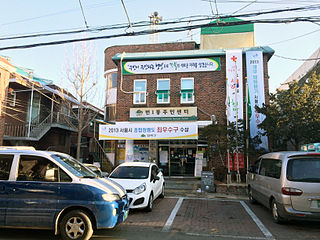
Beon-dong is a dong (neighborhood) of Gangbuk District, Seoul, South Korea.

Suyu-dong (Korean: 수유동) is a dong, neighbourhood of Gangbuk-gu in Seoul, South Korea. From June 30 of 2008, six administrative Suyu-dongs were divided to Insu-dong, Ui-dong, and Suyu-dong.
Ui-dong is a dong, neighbourhood of Gangbuk-gu in Seoul, South Korea. From June 30 of 2008, Former Suyu-4 dong is changed to the administrative dong. Thus Ui-dong can be called either legal dong or administrative dong.
Myeongil-dong is a dong, neighbourhood of Gangdong-gu in Seoul, South Korea.

Sillim-dong (Korean: 신림동) is a dong (neighborhood) of Gwanak District, Seoul, South Korea. Seoul National University and Nokdu Street are located in the town. Its name means "new forest", which was derived from the woods outstretched from Mt. Gwanak. It consists 11 administrative neighbourhoods.
Taepyeongno is a major thoroughfare in the central districts of Seoul, South Korea and the second longest road next to Sejongno in the Gangbuk area. With a 1.1 km length and a 50 m width, Taepyeongno originates at 139 Sejongno in Jongno-gu and terminates at Namdaemun in Jung-gu. It runs southwards through Sogong-dong, Jeong-dong, Taepyeongno 1, 2 ga-dong, Bukchang-dong and Mugyo-dong. Numerous landmarks along here include Koreana Hotel.
Songjung-dong is a dong, neighbourhood of Gangbuk-gu in Seoul, South Korea. From June 30 of 2008, Former Mia-4 and 9 dongs are combined for this dong.
Samgaksan-dong is a dong, neighbourhood of Gangbuk-gu in Seoul, South Korea. From June 30 of 2008, Former Mia-6 and 7 dongs are combined for this dong.
Samyang-dong is a dong, neighbourhood of Gangbuk-gu in Seoul, South Korea. From June 30 of 2008, Former Mia-1 and 2 dongs are combined for this dong.
Insu-dong (Korean: 인수동) is a dong, neighbourhood of Gangbuk-gu in Seoul, South Korea. From 30 June 2008, the former Suyu-5 and 6 dong were combined to form this dong.
References
- 1 2 "송천동 (Songcheon-dong 松川洞)" (in Korean). Doosan Encyclopedia . Retrieved 2009-09-22.
